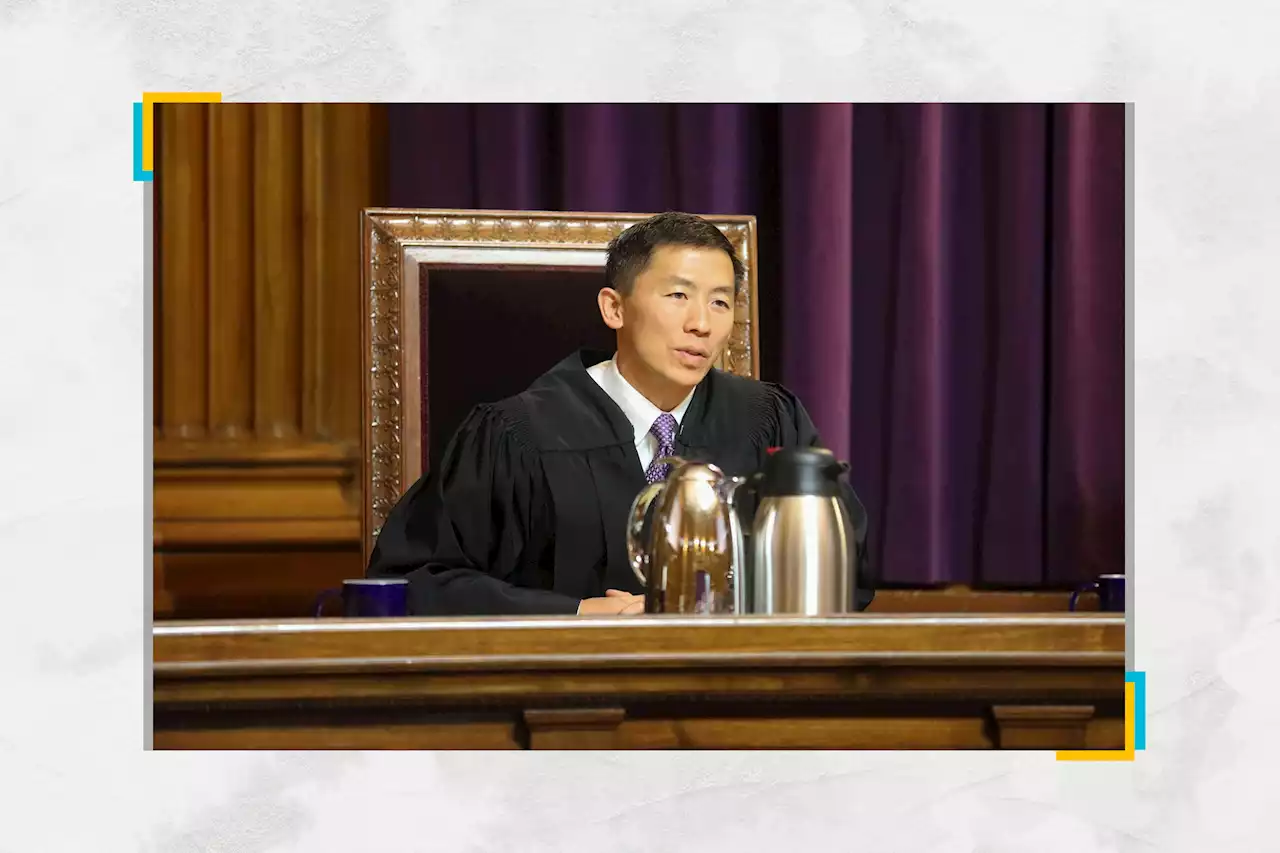In the past three decades, California's Supreme Court has gone from being a lightning rod of controversy to a steady, collegial body shaping California law.
While some may think the court’s ability to agree begins and ends with who appointed them, Cantil-Sakauye says it has more to do with how the court operates. She attributes the court’s high unanimity rate to the justices’ way of“That is key to how we are … collegial and … have an opportunity to write an opinion that most people can agree on,” she said.
Unlike the U.S. Supreme Court, Cantil-Sakauye said, she assigns cases to individual justices as soon as the court grants a review. The court doesn’t wait until after hearing oral arguments to begin evaluating the case. By the time litigants argue their case, she said, she “tentatively knows” the justices’ concerns.The justices, however, have not always agreed.split the court, 4-3, along ideological lines.
The more left-leaning justices sided with civil libertarians, who contended the law violated the state’s privacy laws.and intense arguments in the DNA case paled against the furor that surrounded former Chief Justice Rose Bird and her court.was appointed by former Gov. Jerry Brown during his first stint as governor. Bird opposed the death penalty, which emboldened some political factions to lead a campaign against her retention.
By 1986, under Republican Gov. George Deukmejian, voters elected not to retain Bird and associate justices
